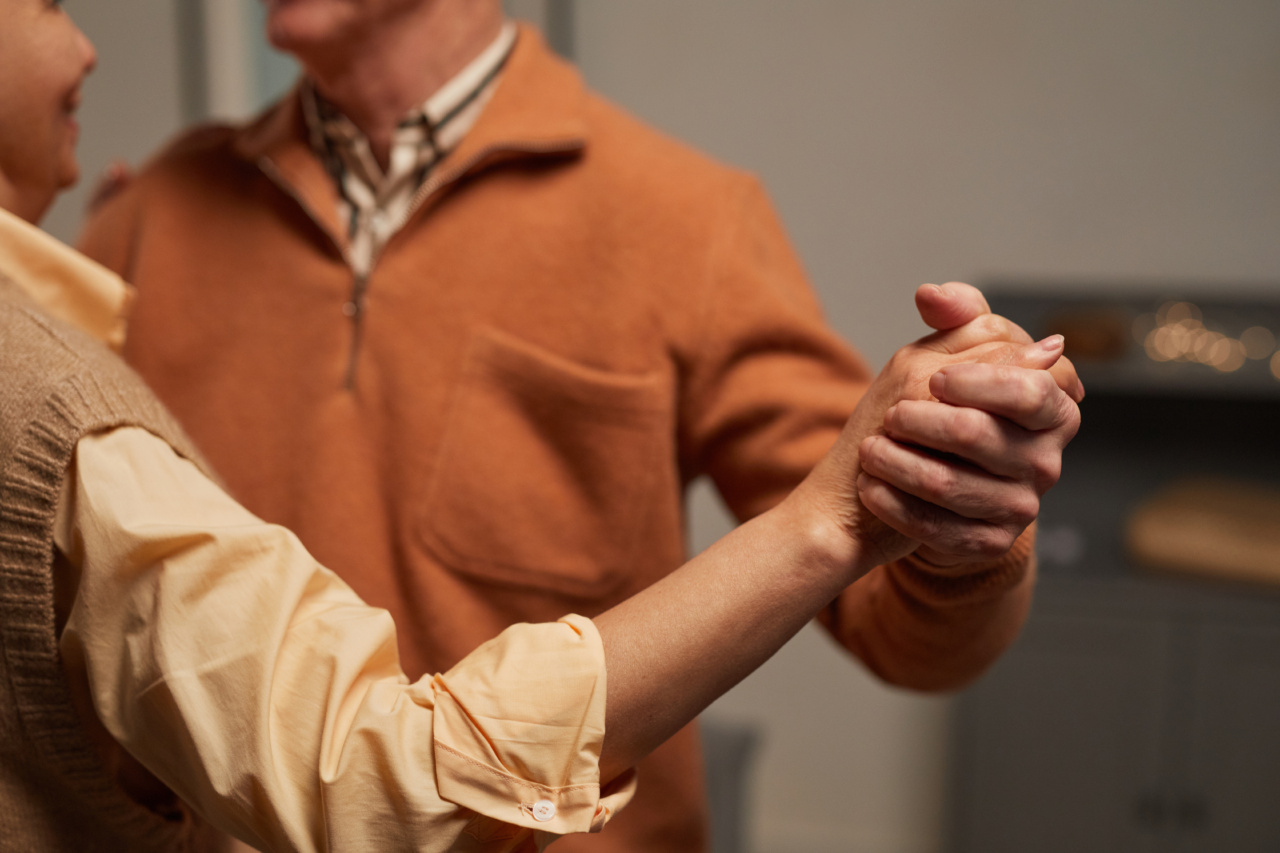As we age, our brain cells begin to deteriorate, resulting in cognitive decline and a weakened ability to learn new skills.
However, studies have shown that dancing is an effective way to help reverse the aging process in the brain, leading to improved cognitive function and a sharper mind.
The Science of Dance
Dancing is not only a physical activity, but it also involves coordination, rhythm, and memory.
When we dance, we engage multiple areas of the brain, including the motor cortex, the cerebellum, and the hippocampus, which is responsible for memory and learning.
Research has shown that dancing can increase the volume of the hippocampus, leading to improved memory and cognitive function.
In fact, a study published in the New England Journal of Medicine found that dancing was one of the most effective activities for improving cognitive function in older adults.
The Benefits of Dancing on the Brain
Improves Memory
Dancing requires us to remember steps and sequences, which can help improve memory and cognitive function.
A study published in the Journal of Aging and Physical Activity found that dancing can improve spatial memory, which is the ability to remember the location of objects in space.
Increases Brain Volume
Dancing has been shown to increase the volume of the hippocampus, which is responsible for memory and learning.
A study published in the journal Frontiers in Aging Neuroscience found that dancing increased the volume of the hippocampus in older adults, leading to improved memory and cognitive function.
Reduces Risk of Dementia
Dancing can also help reduce the risk of dementia. A study published in the New England Journal of Medicine found that frequent dancing was associated with a lower risk of dementia, as well as a lower risk of developing Alzheimer’s disease.
Boosts Mood
Dancing has been shown to boost mood and reduce symptoms of depression.
A study published in the International Journal of Neuroscience found that dancing increased levels of endorphins and serotonin, which are neurotransmitters that are associated with happiness and well-being.
The Benefits of Group Dancing
Dancing in a group can also have additional benefits on the brain. When we dance in a group, we not only engage multiple areas of the brain but also benefit from social interaction and connection.
Improves Social Connection
Dancing in a group can help improve social connection and reduce feelings of isolation. A study published in the Journal of Health Psychology found that dancing in a group was associated with increased social bonding and improved well-being.
Increases Empathy
Dancing in a group can also increase empathy and the ability to read nonverbal cues.
A study published in the journal PLOS One found that participants who danced in a group had higher levels of empathy and the ability to read nonverbal cues compared to those who danced alone.
Provides a Sense of Community
Dancing in a group can provide a sense of community and belonging. A study published in the Journal of Positive Psychology found that dancing in a group was associated with a sense of belonging and increased life satisfaction.
Conclusion
Dancing is not only a fun and enjoyable activity, but it also provides numerous benefits for the brain. Whether you dance alone or in a group, the benefits of dancing on the brain are clear.
From improving memory and cognitive function to reducing the risk of dementia and boosting mood, dancing is an effective way to stay forever young.





























